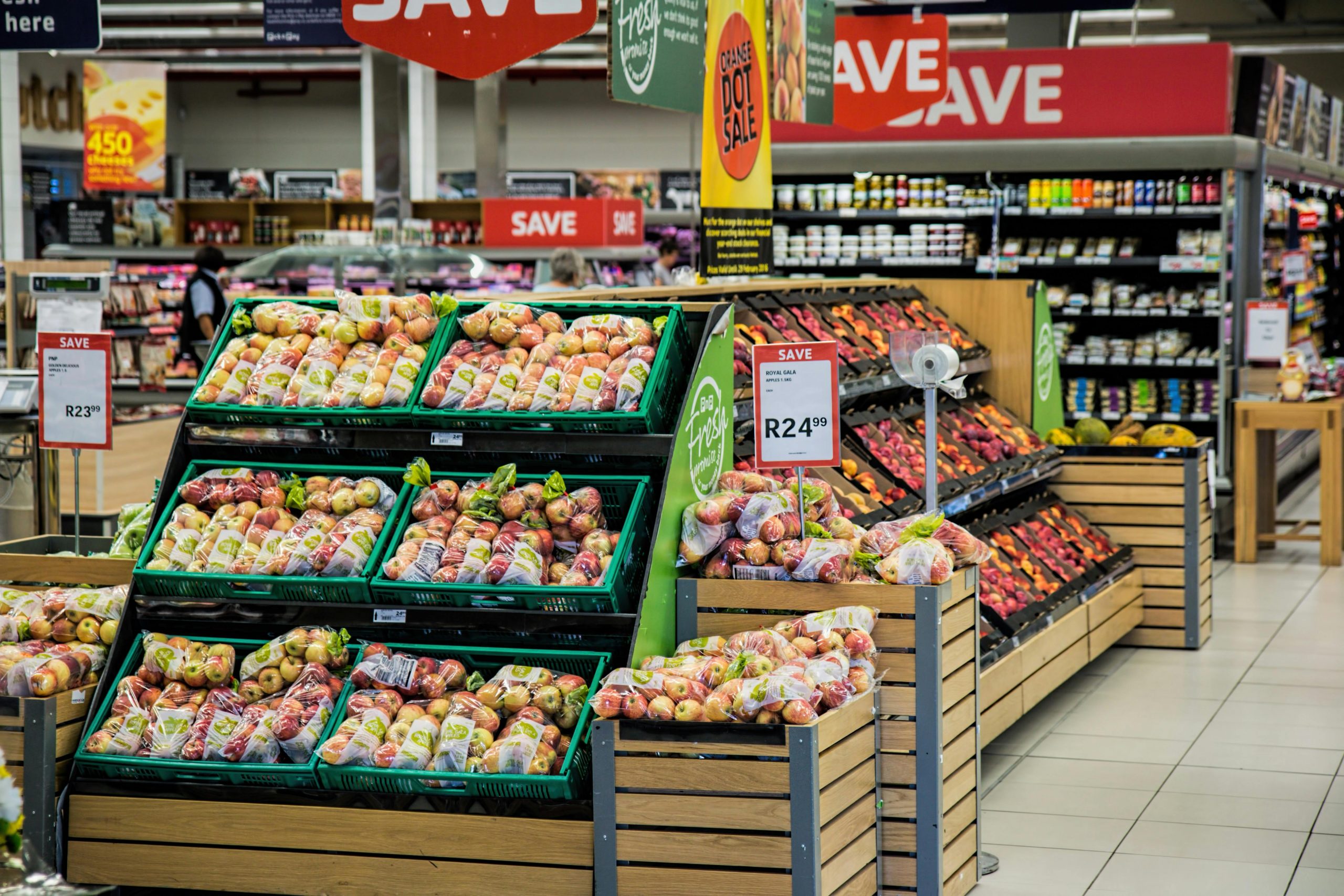We can admit that the grocery store is overwhelming. From busy aisles to jam-packed shelves where words like ‘all natural!’, ‘wholegrain!’ and ‘made with real ingredients!’ jump out at you. While you’re trying to decipher what to make for dinner, you’re also tasked with choosing the right ingredients; ideally, real, minimally processed, whole foods. But how do you know what’s real and what’s just clever branding?
This guide aims to help you cut through the marketing noise and confidently choose nutritious foods over processed imposters.
When marketing hides the truth
Food brands and manufacturers have been known to use buzzwords to make products seem healthier or more nutritious than they really are. Not to mention the play on colouring and imagery (kids always choose a good cartoon on an overly sugary cereal). Even ultra-processed snacks, like fruit roll-ups or protein bars, can be packaged to seem like they’re the healthier option.
Popular nutrient content claims and what they actually mean
Here’s a breakdown of popular food packaging claims and what they actually mean:
- “Calorie free”: Less than 5 calories
- “Lean”: Less than 10 g fat, 4.5 g of saturated fat
- “Fat-free or sugar-free”: Less than 1/2 g of fat or sugar
- “Good source of…”: Provides at least 10% daily value of a specific vitamin or nutrient
- “Light or lite”: One-third fewer calories than the usual food, half the fat of usual food
- “Low calorie”: Less than 40 calories
- “Low cholesterol”: <20 mg of cholesterol, 2 g or less of saturated fat
- “Low sodium”: <140 mg of sodium
- “Natural”: No added artificial ingredients
- “Organic”: At least 95% of ingredients are organic
- “Reduced”: <25% of the specified nutrient or calories than the usual product
It’s important to recognise that the words showcased on a food product don’t always tell the whole story. Many marketers and manufacturers plaster easy-to-read claims on packaging to entice and persuade consumers to purchase their products. Don’t let front-of-pack claims do the decision-making for you. Flip it over, scan the ingredients list, and decide for yourself what’s really inside.

Your real-food shopping toolkit
Reading the ingredients label and nutrition facts label can be overwhelming at first. Here’s what to look out for:
- Shorter ingredient lists are better (they contain fewer additives and preservatives)
- The first three ingredients matter: i.e. if sugar is the first ingredient, you better think twice before purchasing
- Look for whole ingredients: “rolled oats” instead of “oat flour blend”
- Understand food labels: many ingredients, like sugar, have other names; look for hidden preservatives
- Check the serving sizes and servings per container (nutrition values are based on a single serving, which might be unrealistically small)
- Check for calories, listed as the amount per one serving of the food product
- Limit your total fat, saturated fat, cholesterol, sodium, and added sugars: this percentage should be low, 5% or less of the daily value
- Get enough dietary fibre, calcium, potassium, vitamin D, and iron from the whole food: 5% is considered a low source, whereas 20% is considered a high source
- If you’re looking for a protein-rich food, the item needs to contain >5 g of protein
- Trust your eyes more than the colourful packaging
- When in doubt, prioritise unpackaged whole foods where possible
Your healthy food label checklist
- The first 3 ingredients are whole, not refined
- Fewer than 5 to 7 total ingredients
- Sugar is not in the top 3
- Protein >5 g (for meals and snacks)
- High fibre + 3 g or more
- Sodium is under 140 mg (for “low sodium” claims)
- You understand all the words on the label
- No sign of health buzzwords without backup on the back
At the end of the day, real whole foods won’t shout at you from the shelf. Next time you’re faced with a flashy front-of-pack promise, take a moment to flip the box over, scan the ingredients, and ask yourself whether this food is nourishing or just well-marketed. With a little know-how and label-reading confidence, you’ll be a better shopper in no time.

